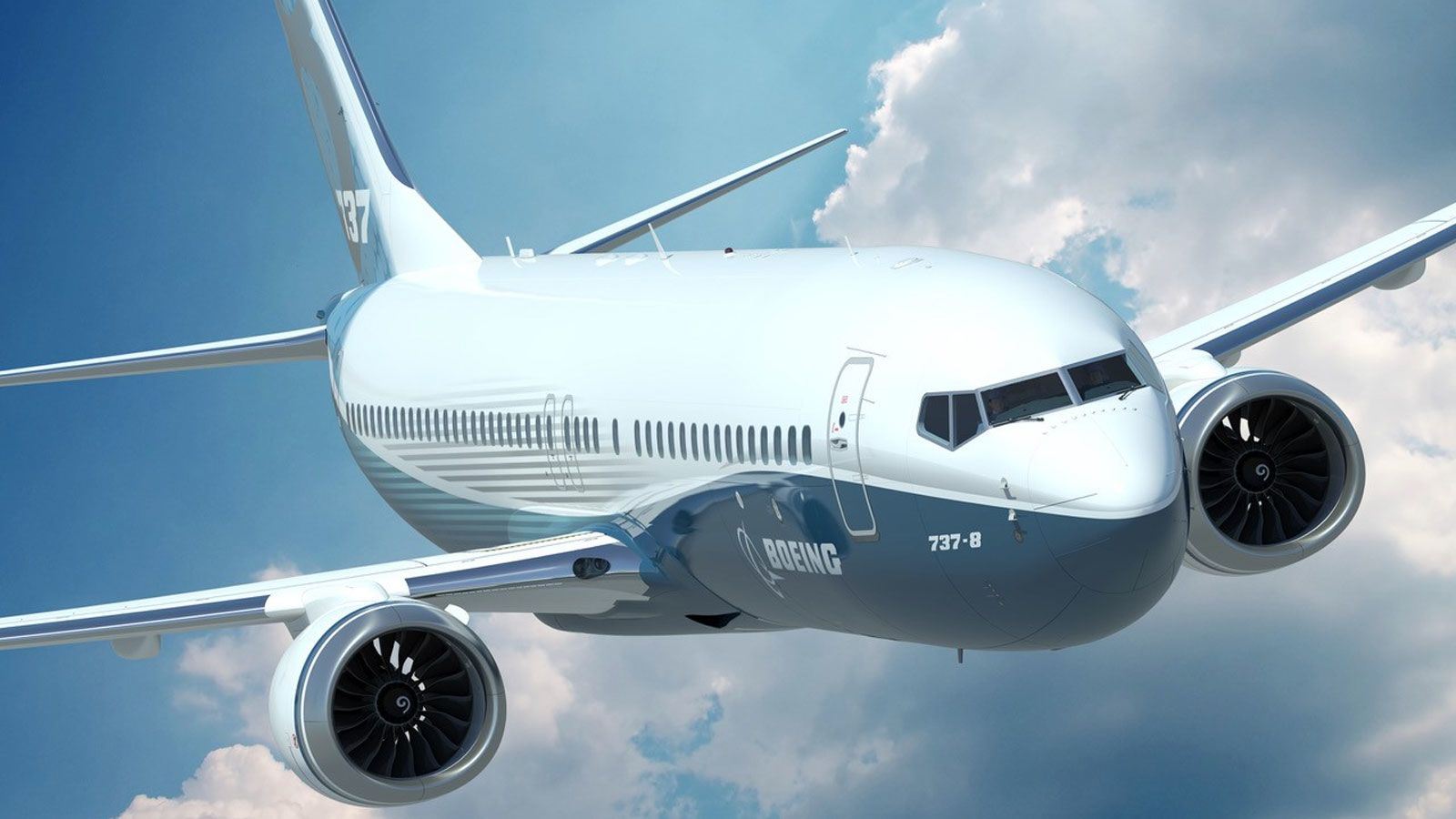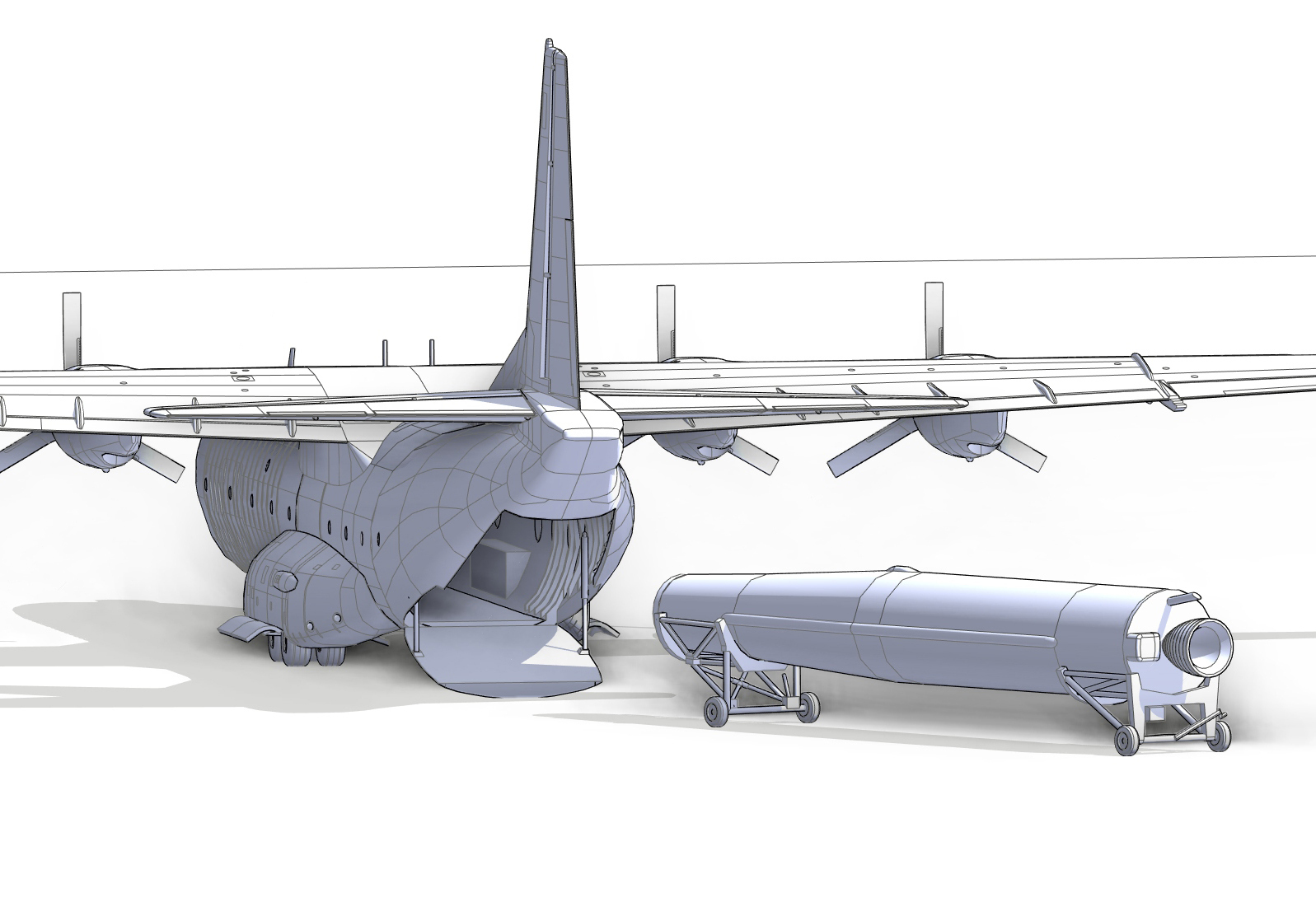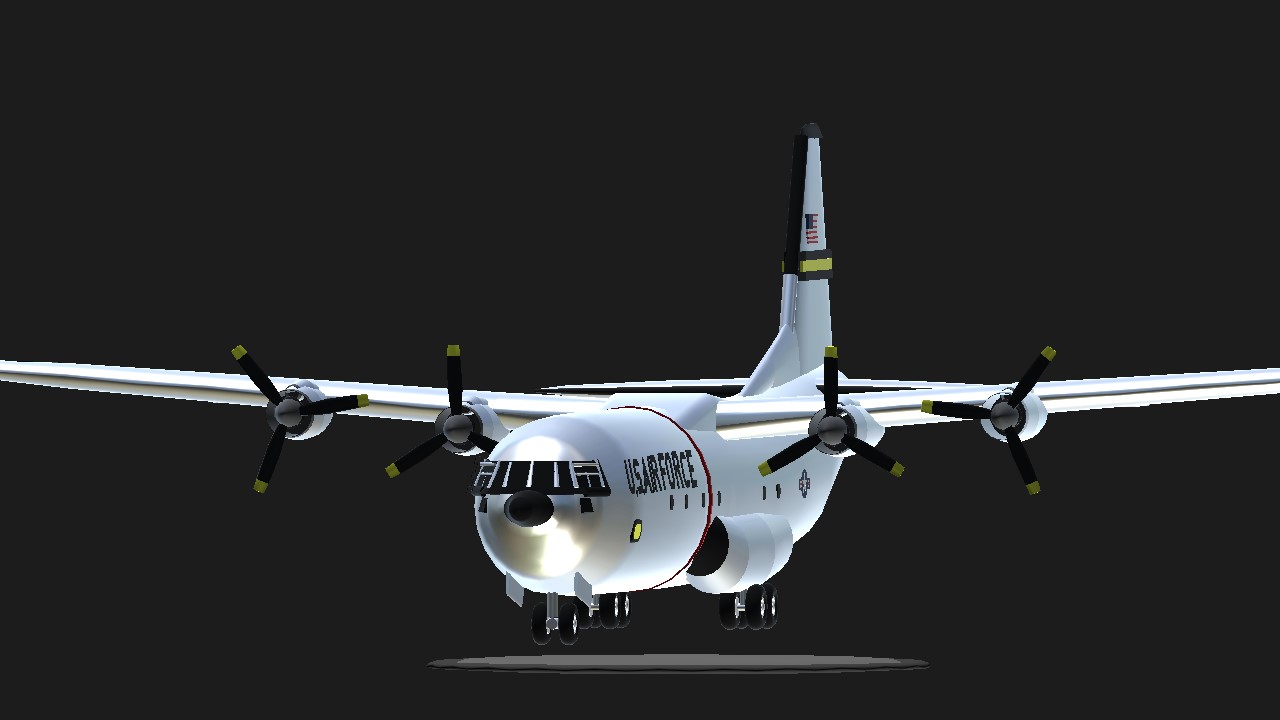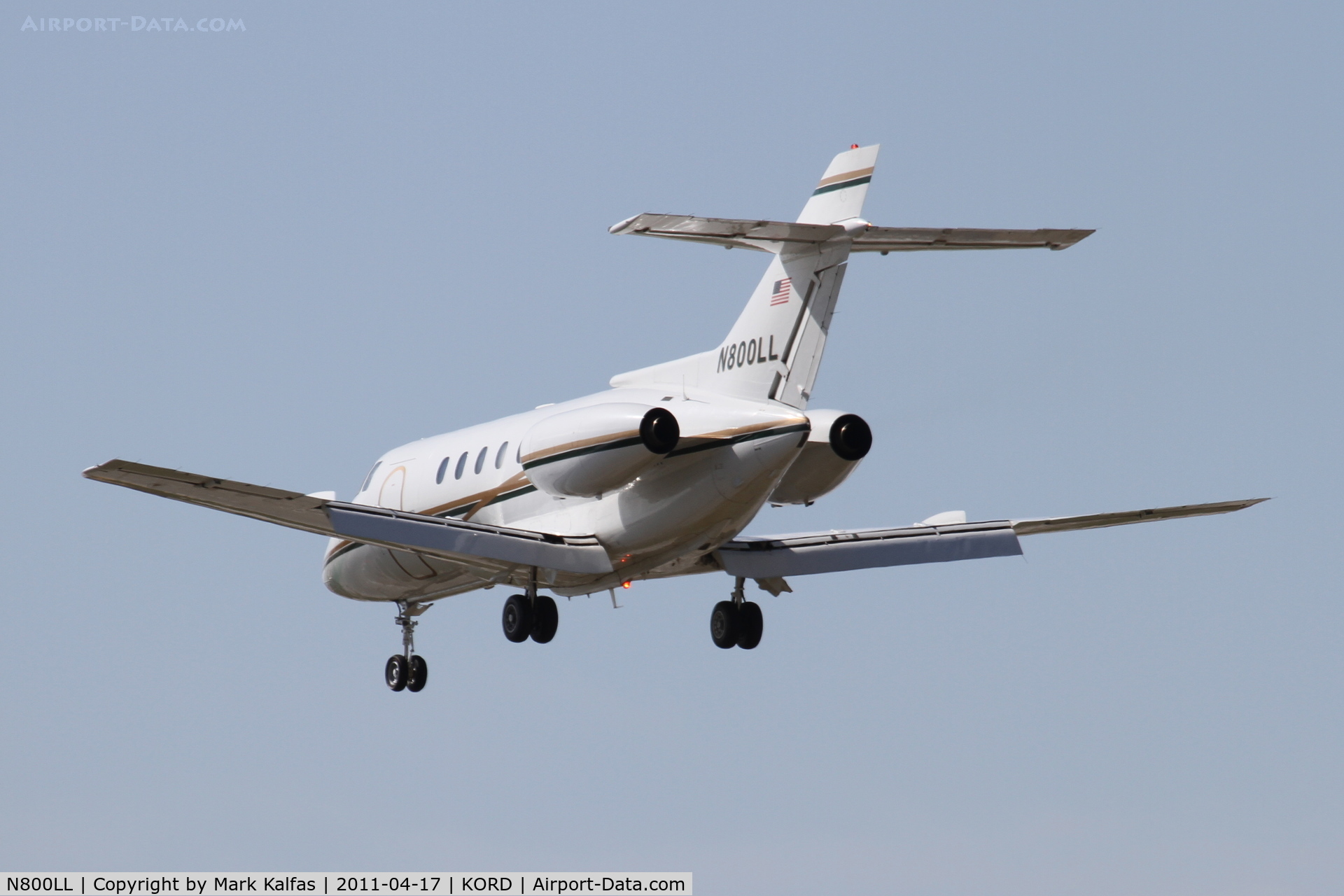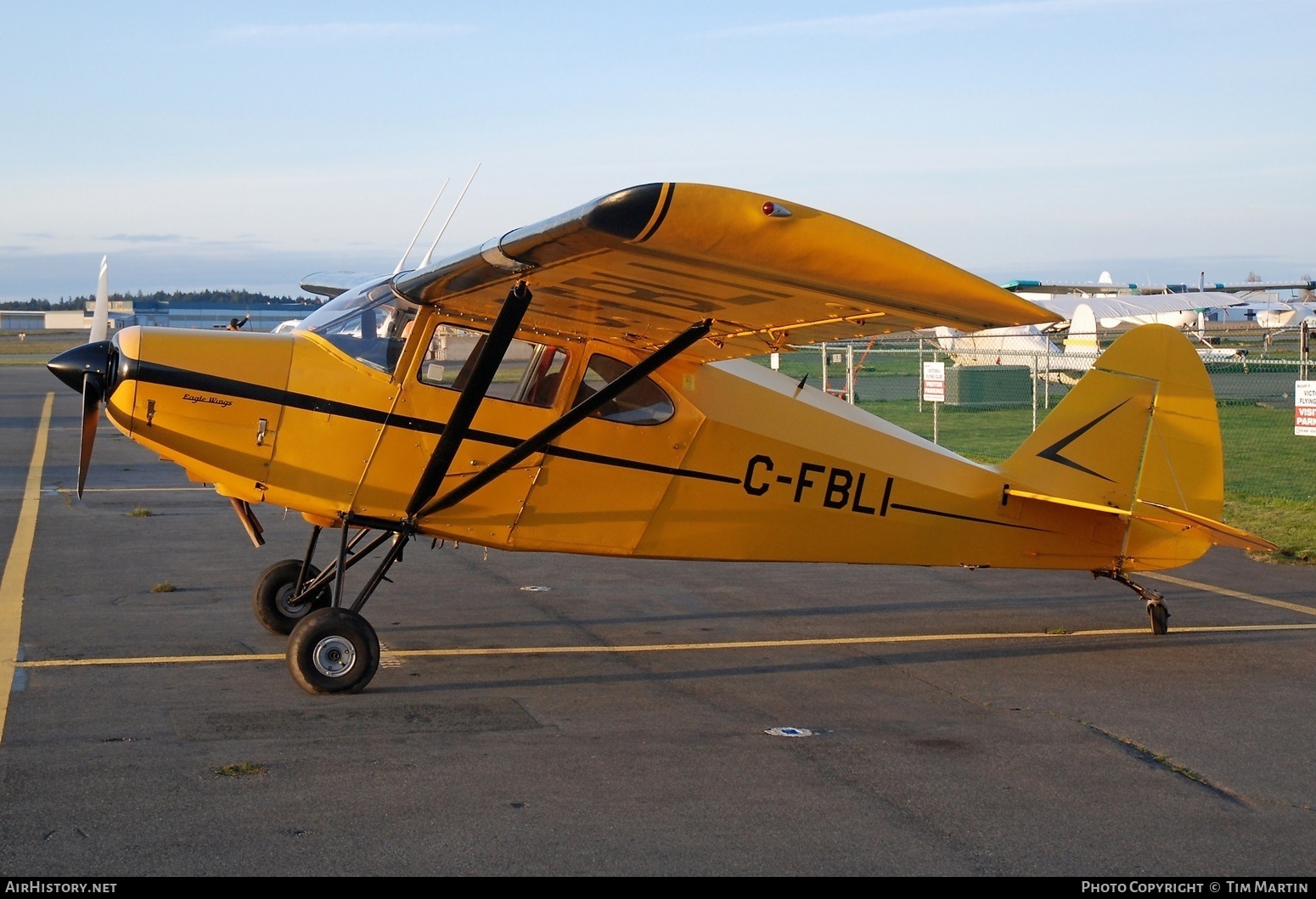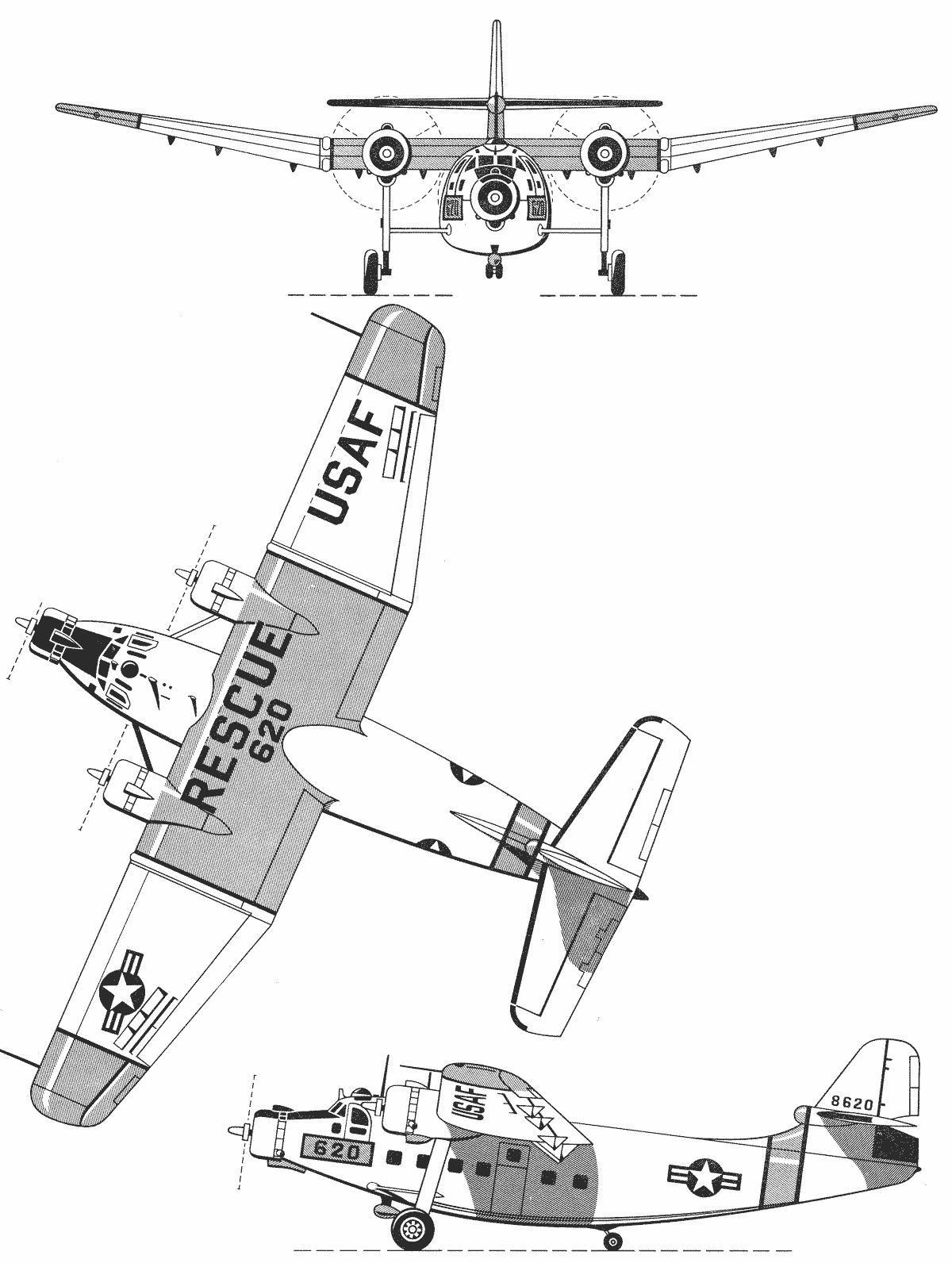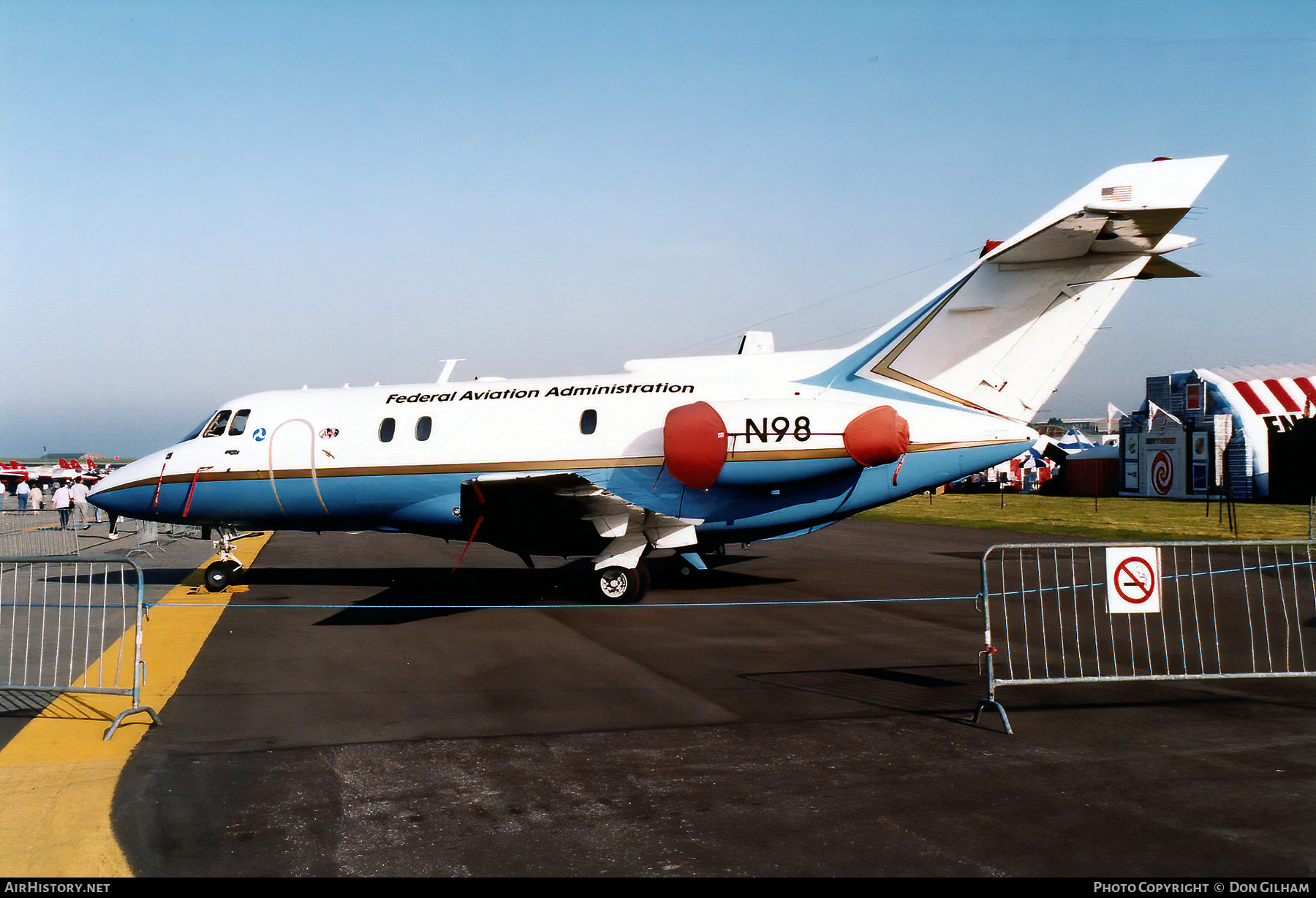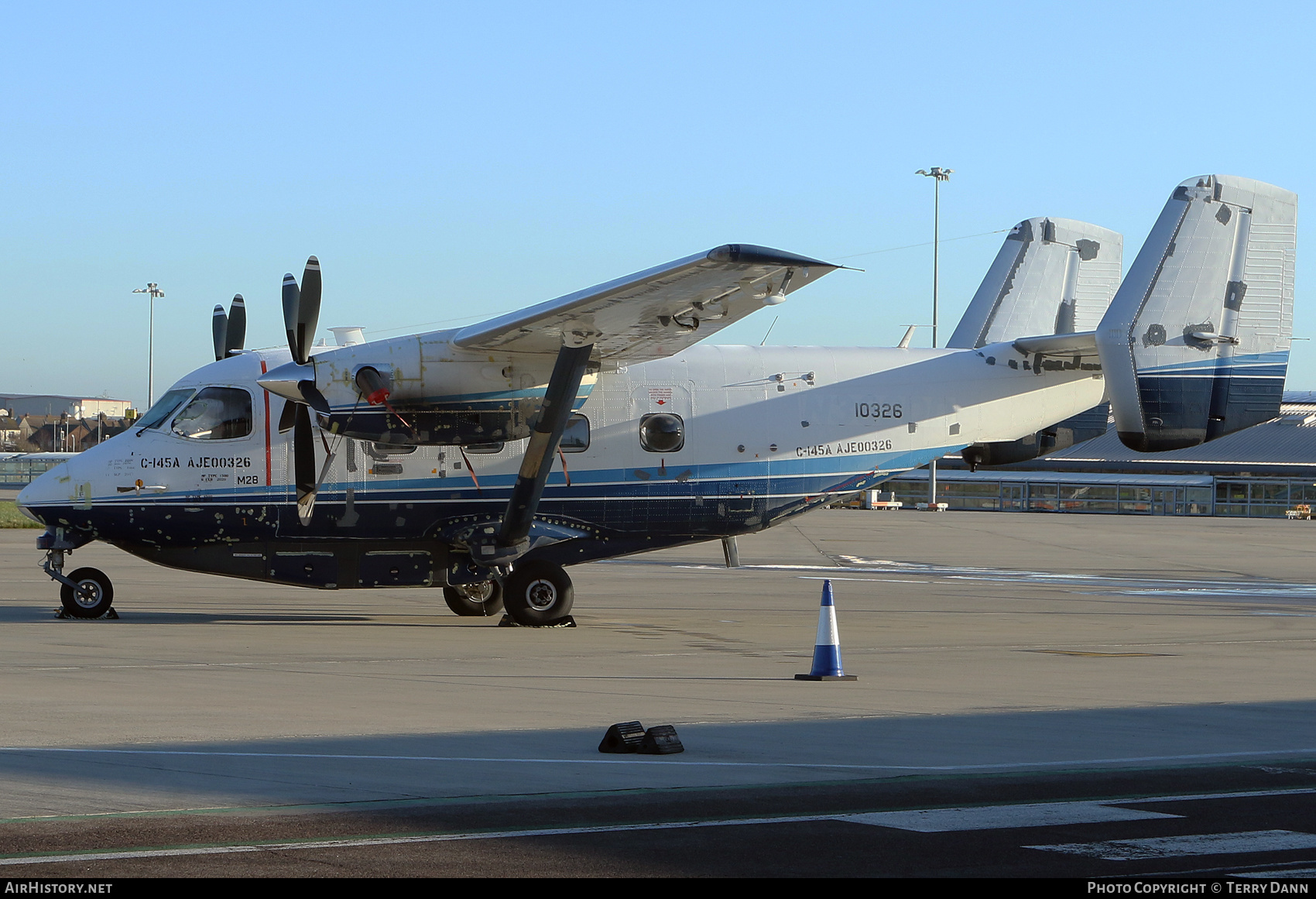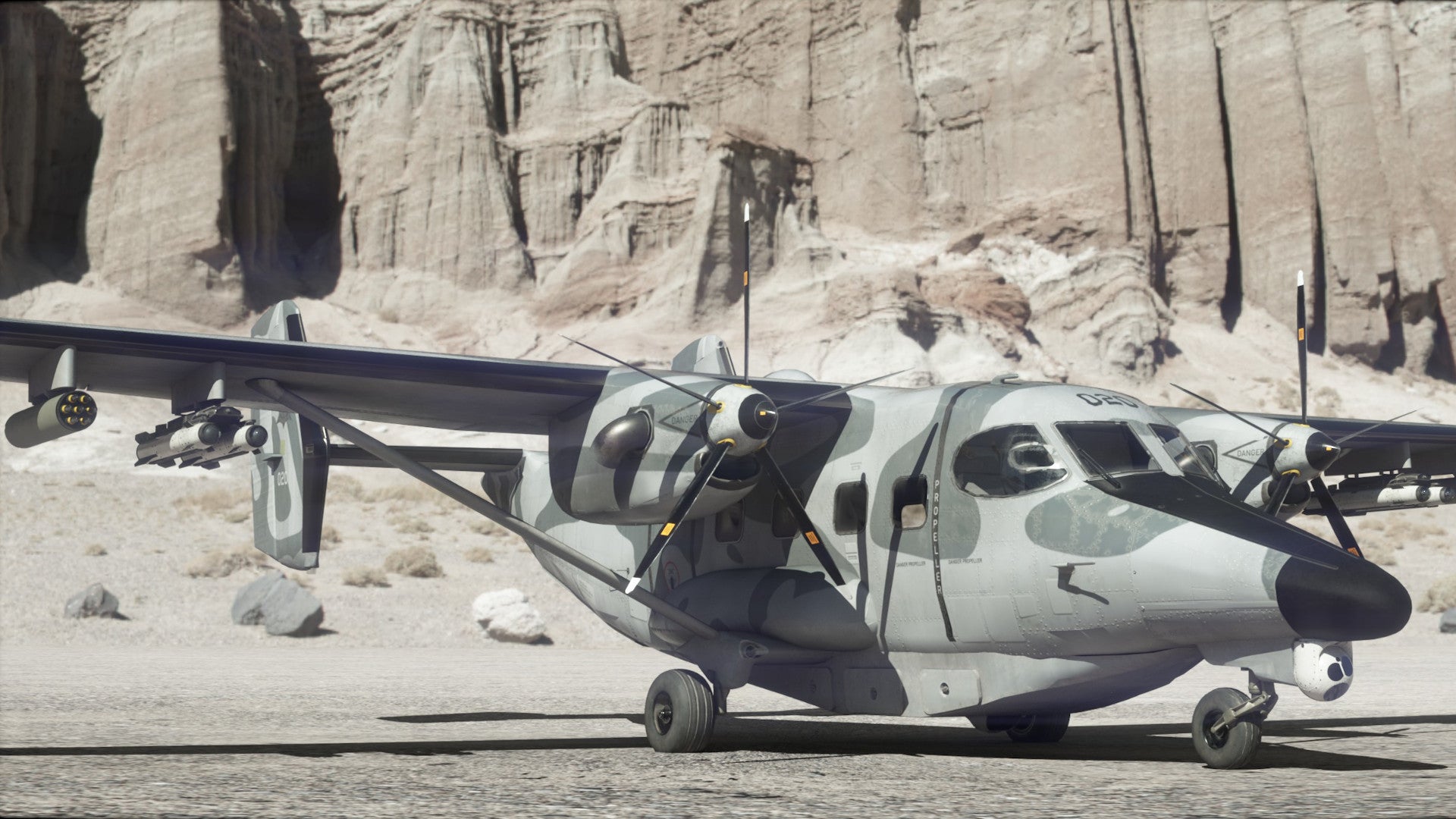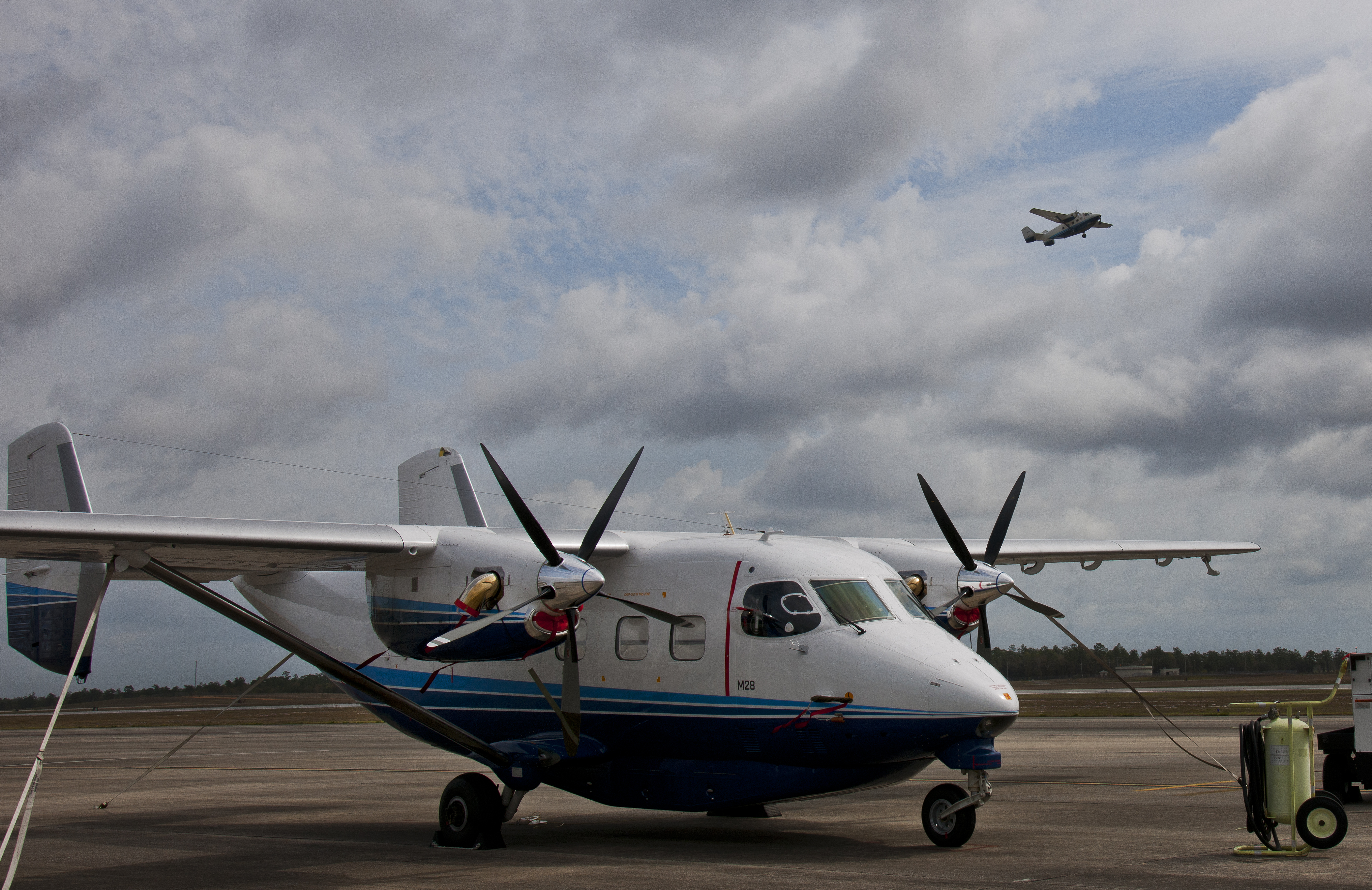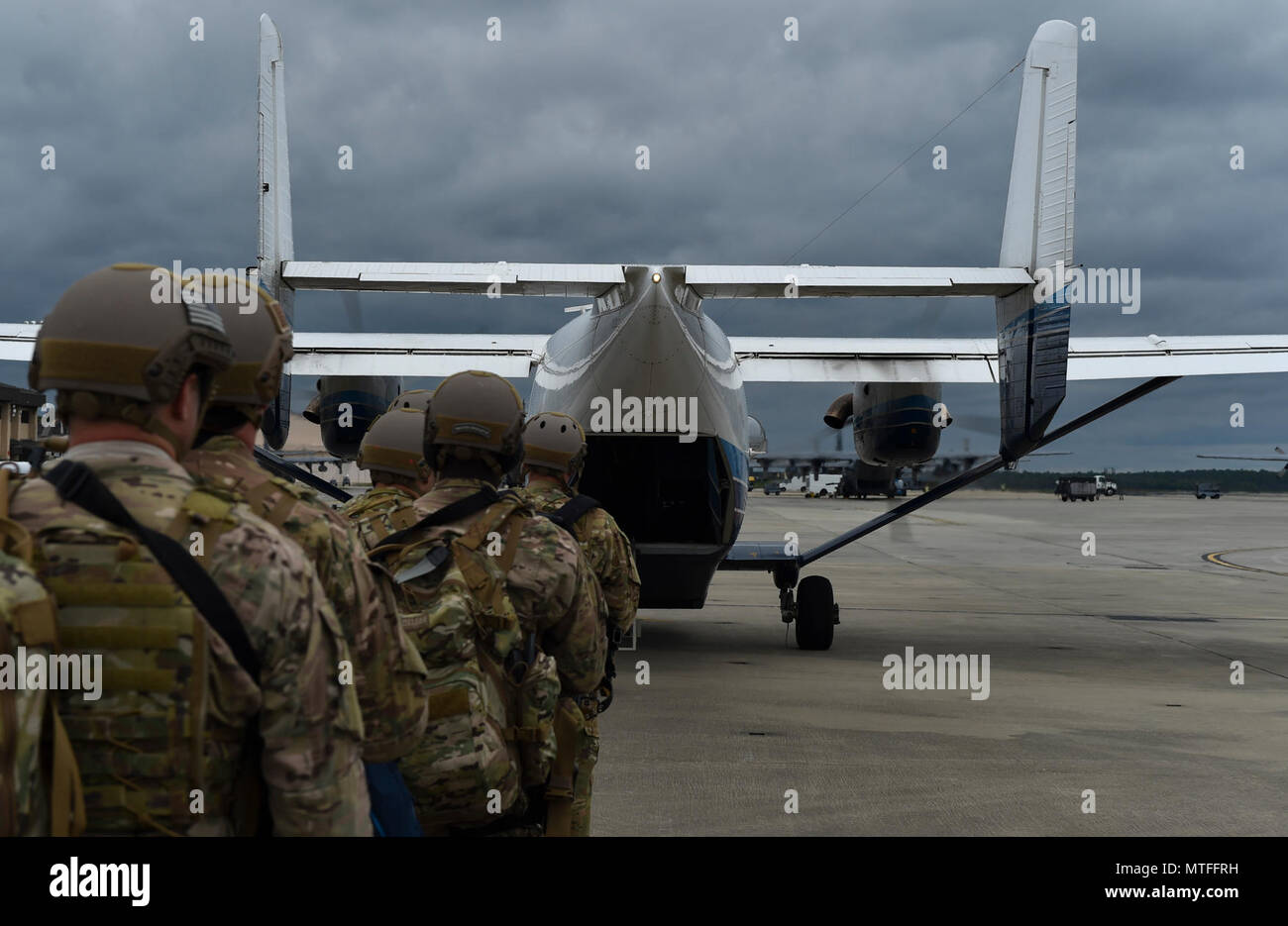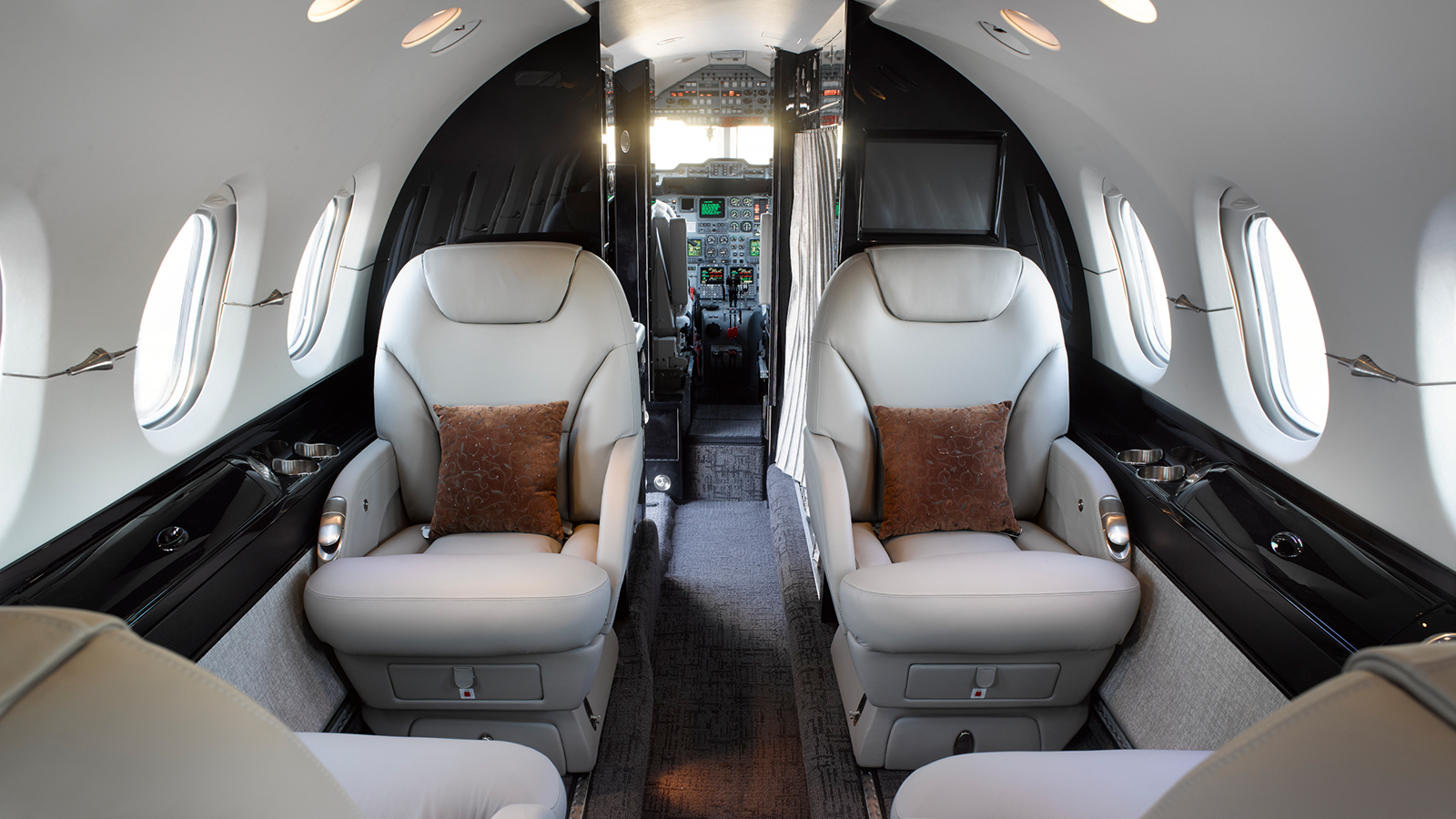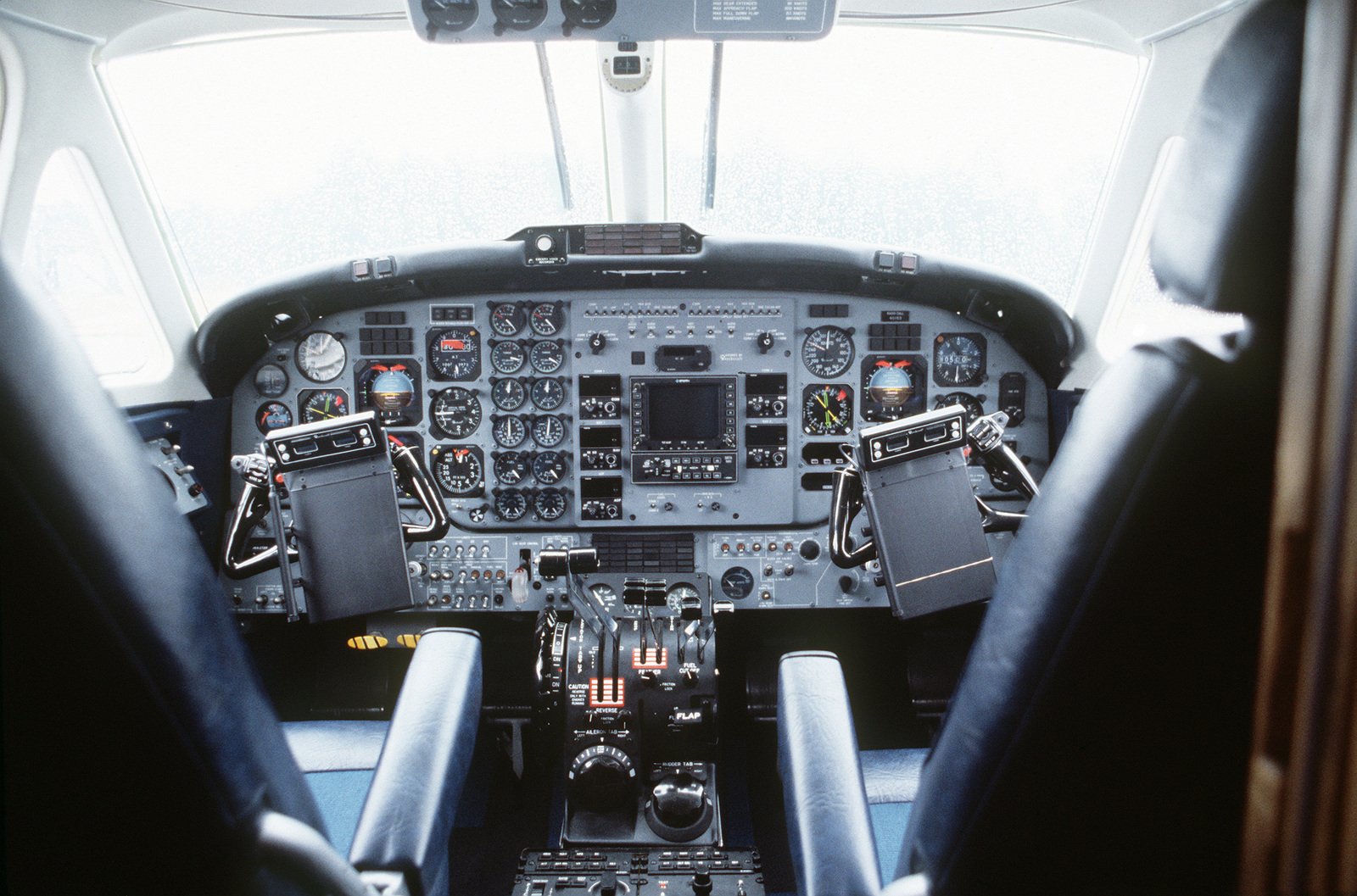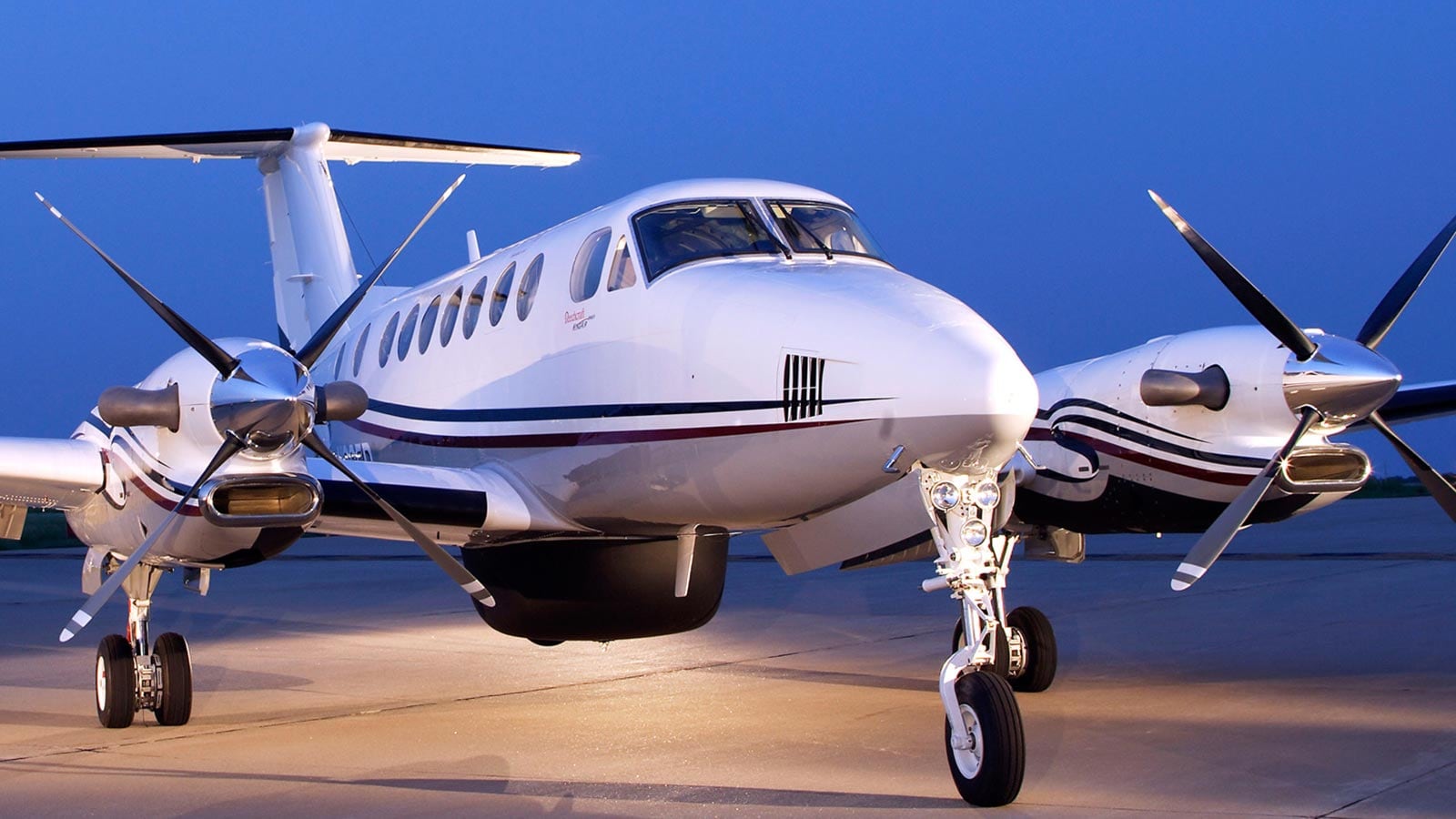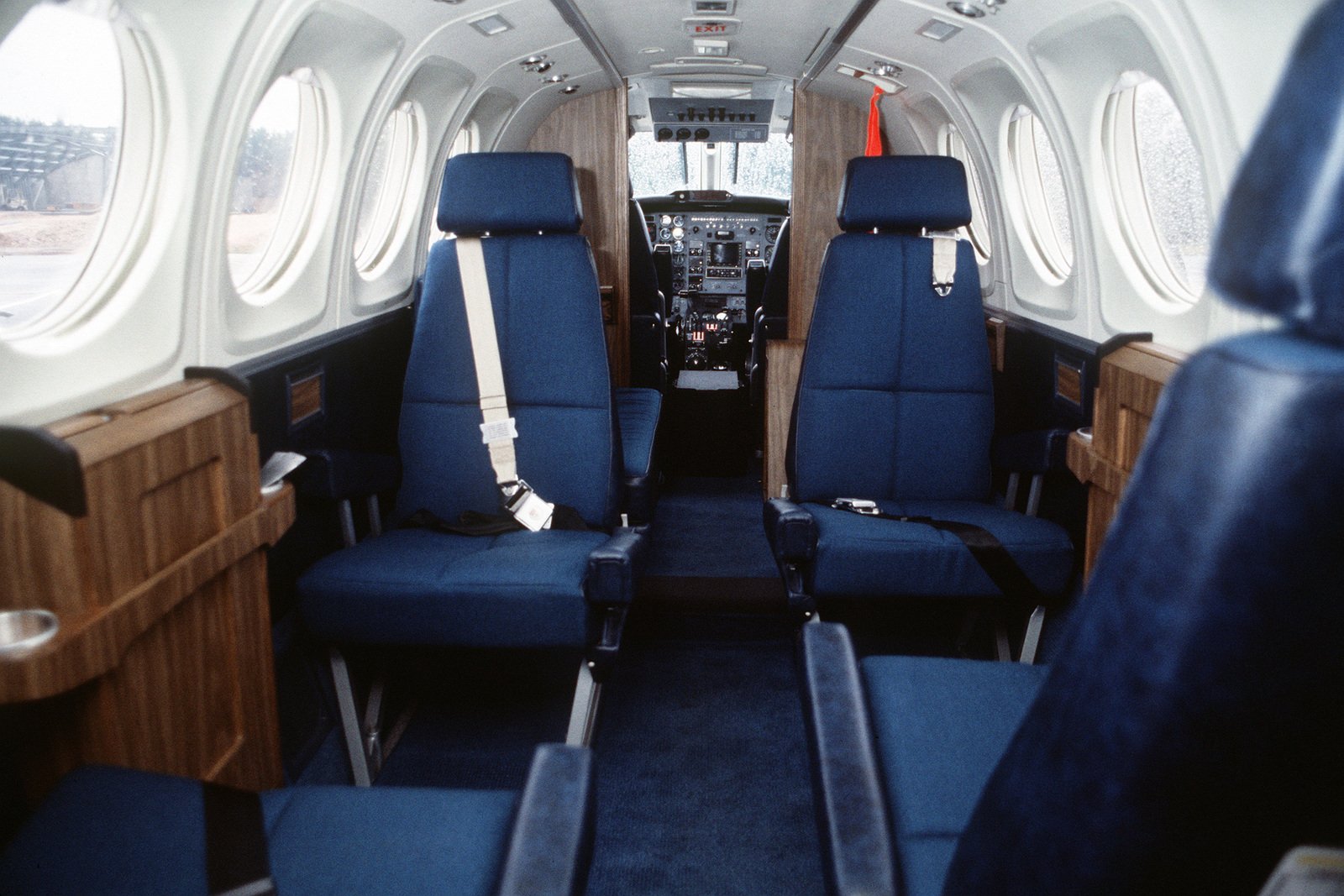C 87 Aircraft - Five C-87s were converted as AT-22 for training flight engineers. Six stations in the fuselage were for students learning the operation of powerplants. In 1944 those five were redesignated TB-24D when they trained engineers scheduled for B-24 and B-32 bombers.
24 AAF C-87s were transferred to the RAF under Lend-Lease for Transport Command as Liberator C.VII [EW611/EW634]—known AAF s/ns [44-39219, 39248/39261] account for only 15 of them. They were used by 232, 246, and 511 Sqdns from mid-1944 until the end of the war.
C 87 Aircraft

The last examples were disposed of in 1946. [44-39219=EW611] became civilian [G-AKAG]. The Curtiss-Wright C-46 Commando was the military version of a yet unproven commercial transport. Like the C-47, it was a twin-engine monoplane but much larger and heavier with a maximum cargo capacity of 15,000 pounds against 10,000 for the C-47 and a passenger load capacity of 12,000 pounds against 6,500 for the C-47.
C- / C- Liberator
Accordingly, the Army Air Force (AAF) rested high hopes on its development but engineering difficulties so persisted that it did not get extensive use before 1944. Total acceptance reached only 3,144 airplanes by August 1945. Back in 1964 I was coming back from leave (Omaha) from boot camp.
My uncle wrangled me a seat on a DC-3 (that is what I knew it as – the Air Force designation may have been different) out of Offut for the flight back to San Diego. He was the navigator on the flight and a WW2 veteran.
I was a lowly Naval E-2. I got called forward to have a few words with my uncle. The view was spectacular. Loved his control panel. And all the other passengers were envious. An E-2? Gone are the days.
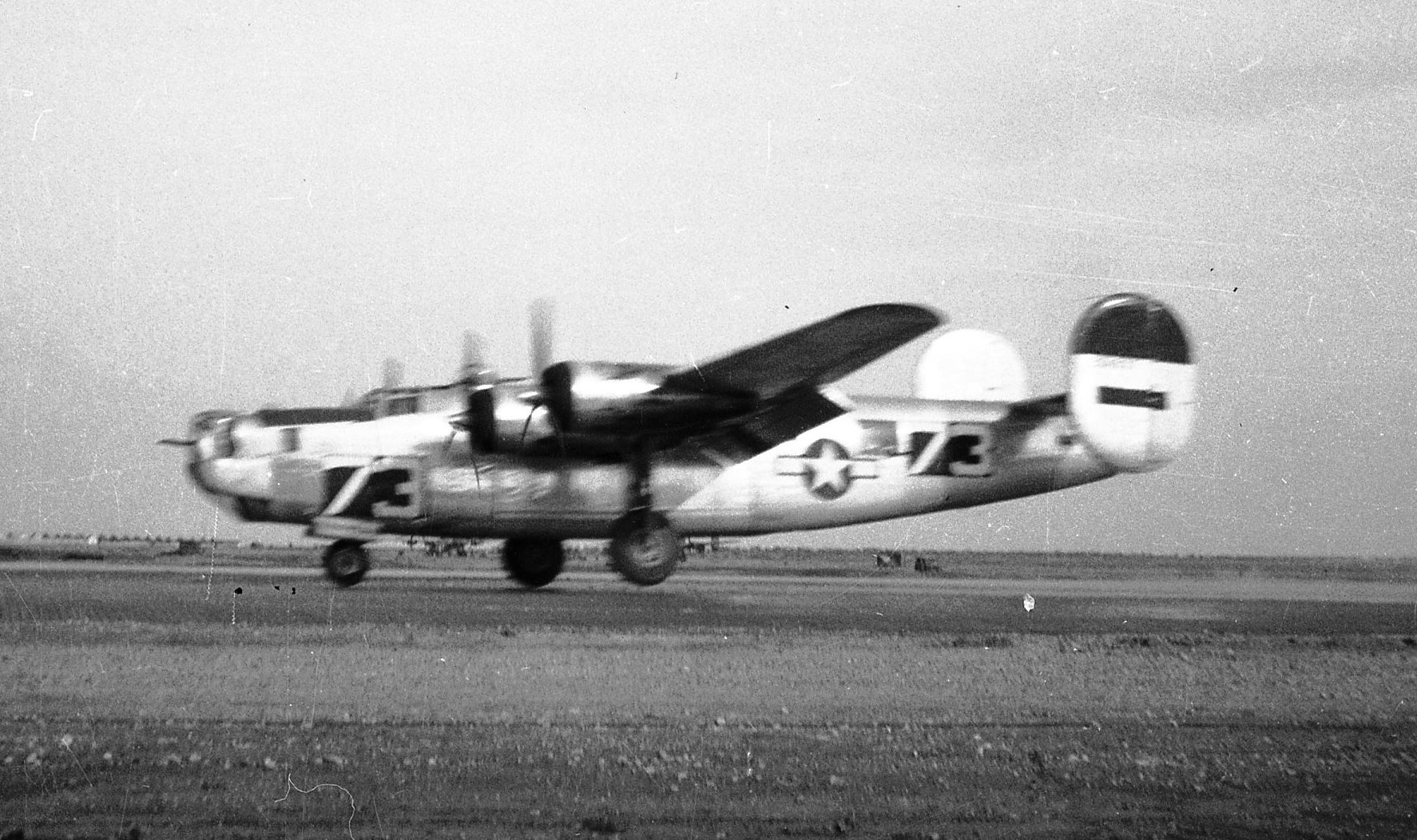
Perhaps the "Lib's" best feature was its versatility. B-24s were used in every theater of the war and in various roles. Liberators raided the oil refineries at Ploesti, Rumania, in August 1943. Others flew maritime and antisubmarine patrol missions.
The emblem is that of the First Troop Carrier Command. Its motto: VINCIT QUI PEIMUM GERIT means: “He conquers who gets there first”. An original patch is part of the museum's collection. It is hand painted on a leather disc.
It was sewn onto a leather jacket worn by a crew member. I had a big laugh when I found that military gliders were being made by piano manufacturers ""' sounds a little incongruent. I spent four years at Dover.
At first I was Air Policeman and walked the flight line under MATS aircraft. I was always part of the 95th Fighter Interceptor Squadron which was at Dover. I loved walking the flight line while my fellow mechanics were getting the F-106 repaired.
The Liberator represented a generation of aircraft even more advanced than the B-17, a fact not readily apparent from outward appearances. Piloting the aircraft was no easy task, for much of the aircraft's operating system was electric and the cockpit abounded with dials and switches.
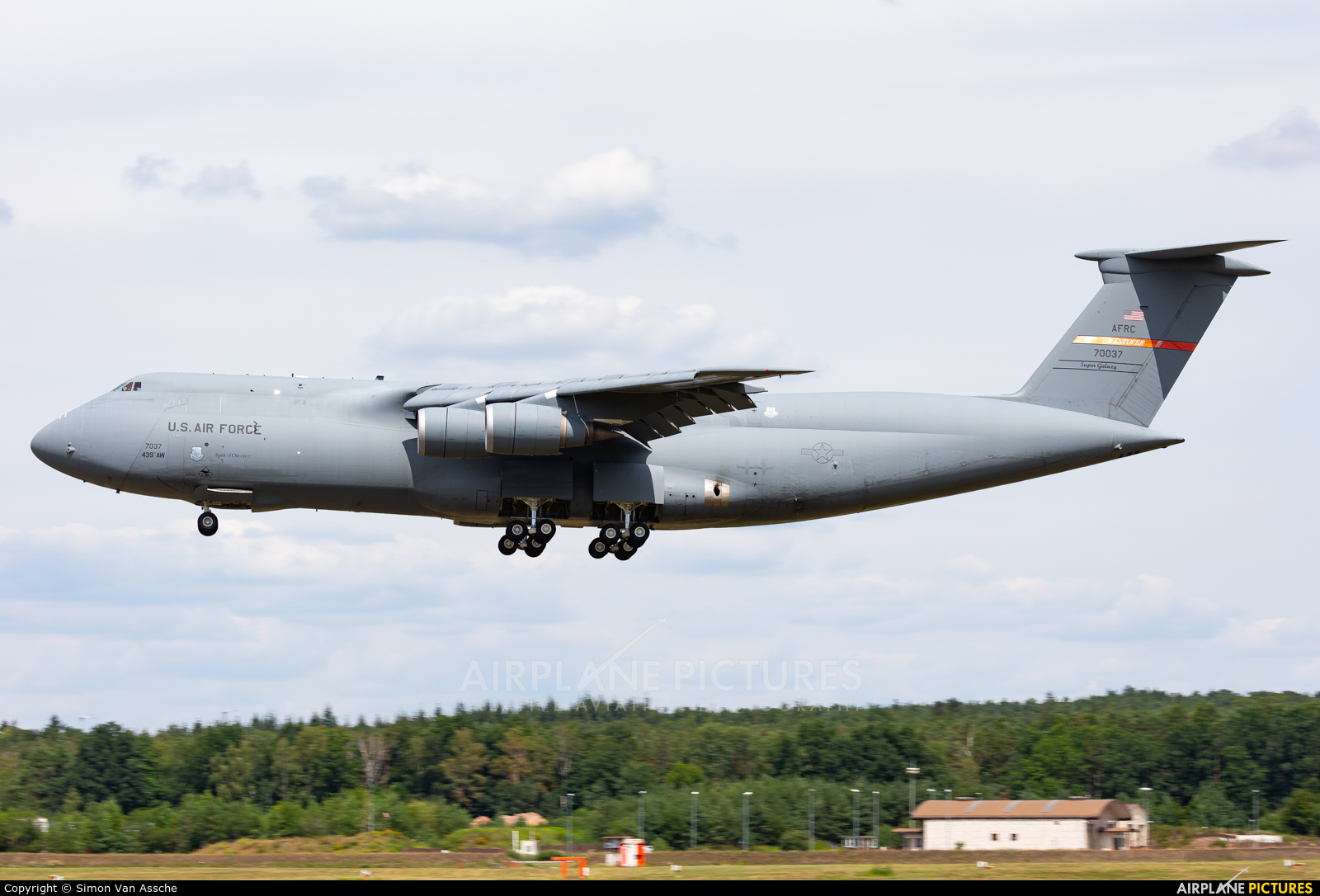
The B-24 was built around the slender, shoulder-mounted, high-lift Davis wing. Most models of the B-24 aircraft had easily identifiable oval endplate vertical fins and rudders, plus oval-shaped engine cowlings and nacelles. The aerodynamically superior high-aspect-ratio wing enabled the B-24 to achieve a range in excess of 2,000 miles and a speed of 300 mph.
With nose and tail guns eliminated and a port side cargo door added, "Lumbering Lib" became the C-87 transport, able to carry a crew of five with twenty passengers. Another variant was the C-109 tanker, capable of transporting 2,900 gallons of fuel.
The C-109s carried fuel over the Himalayan "Hump" to resupply B-29s operating from Chinese bases. @media only screen and (min-device-width : 320px) and (max-device-width : 480px) { #ga-ad {display: none;} } SOURCES: -- Famous Bombers of the Second World War, William Green, Doubleday, 1959.
-- British Military Aircraft Serials, 1912-1969, Bruce Robertson, Ian Allen, 1969. -- Liberator: America's Global Bomber, Alwyn T. Lloyd, Pictorial Histories, 1993. -- Consolidated B-24J Liberator, Roger A. Freeman, Profile Publications, 1969. -- B-24 Liberator in Action, Larry Davis, Squadron/Signal Publications, 1987.
-- General Dynamics Aircraft & Predecessors, John Wegg, Naval Institute Press, 1990. -- Consolidated B-24D-M Liberator, Ernest R McDowell, Arco, 1970. -- US Military Aircraft Since 1909, Gordon Swanborough & Peter Bowers, Smithsonian, 1989. -- American Combat Planes, 3rd Edition, Ray Wagner, Doubleday, 1982.
-- Jane's American Fighting Aircraft of the 20th Century, Michael J H Taylor, Mallard Press. During World War II there was little debate as to what was desired of a transport aircraft: it was one that was equally useful for the delivery of either cargo or troops to their destination.
However, the only aircraft specifically developed during the war for this purpose was the Fairchild/North American C-82 Packet that did not see service until after the war. Meanwhile, great resourcefulness was displayed in meeting emergency demands using the aircraft and equipment that was readily available.
Those aircraft, forming the backbone of the Army Air Force's (AAF) transport fleets, were the C-47, C-54 and the C-46. Most were assigned to Air Transport Command (ATC). When Burma fell to the Japanese in April 1942, China's only supply line, the Burma Road, was cut, and the only route from India was by air, involving a perilous flight over the Himalayas, the highest mountain range in the world, which became legendary.
as "The Hump." On Sep 12, 1943 ATC established a route over The Hump that actually began at Patterson Field, Ohio, and ended in China, covering 28,000 miles and taking 12 days. ATC C-87s became an important part of this operation so dangerous that the AAF lost three crewmen for each thousand tons of cargo that reached China, ultimately costing the lives of more than 1,000 aircrewmen.
The importance of the transport plane to the operations of the AAF, whether as a carrier, troop transport or long-range cargo carrier, was illustrated by the growing number of these planes. In July 1939, the AAF had only 118 transports and on the eve of Pearl Harbor it had only 216. Thereafter, the inventory rose steadily and by August 1944 the AAF had more than 10,000 transports on hand.

Among the bombers modified for transport service, the first choice fell on the Liberator B-24 because of its long range. Designated the C-87 Liberator Express, the modified bomber performed important transport services for the AAF from the beginning to the end of the war.
As the C-109, it was used as a tanker and hauled large quantities of fuel across the Himalayas from India to China. Many unmodified B-24s saw unanticipated service as transports and tankers in theaters throughout the world;
a notable example being the use of a wing of the Eighth Air Force's B-24s in September 1944 to haul gasoline for George Patton's Third Army in France. The Douglas C-47 Skytrain was a military cargo version of the DC-3, a standby of the commercial airlines for a number of years before Pearl Harbor.
With other modifications the DC-3 became the C-53 Skytrooper, a troop and hospital transport. A steady and proven aircraft, the C-47 earned for itself a reputation hardly eclipsed even by the more glamorous of combat airplanes.
The dependable workhorse of the air, one finds it everywhere shuttling freight or airborne troops. Before the war was over the AAF had accepted more than 10,000 DC-3 type airplanes which was nearly half of the transport planes it received between 1940 and 1945.
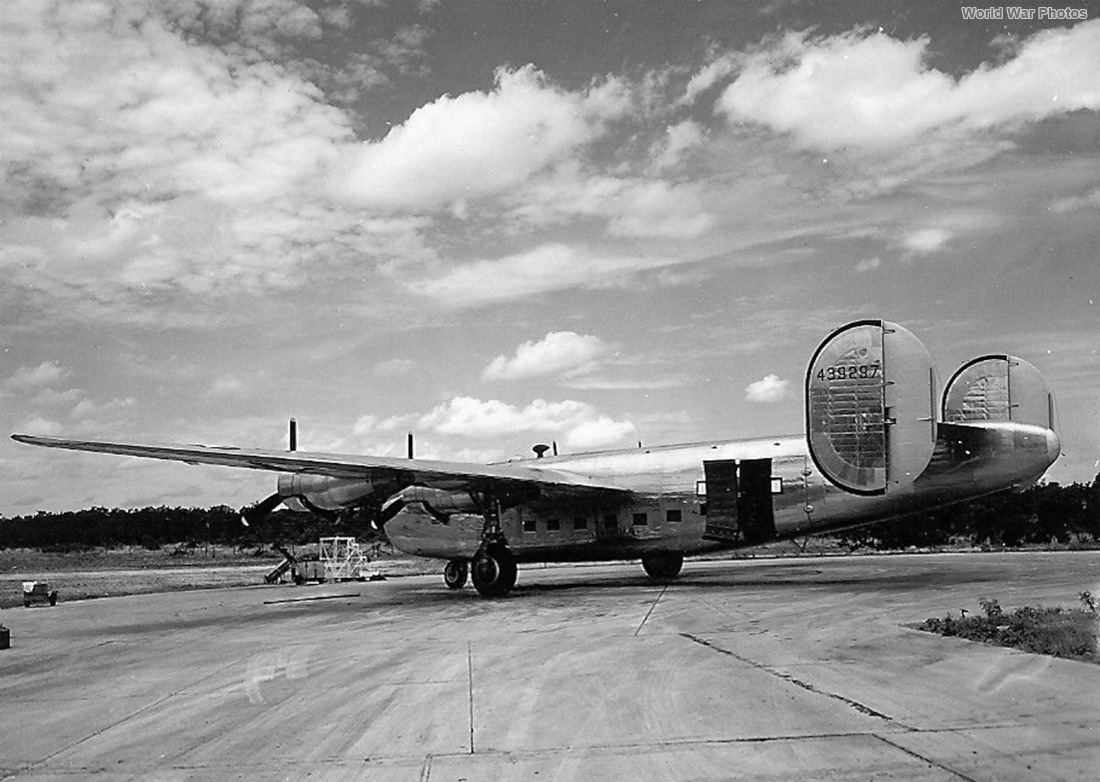
The Liberator transport served a useful purpose, but its original design as a bomber did not make it fully compatible with the growing list of wartime personnel transport and cargo needs. In any case, the continuing demand for bombers argued for a different set of production lines to supply a four-engine transport.
@media only screen and (min-device-width : 320px) and (max-device-width : 480px) { #ga-ad {display: none;} } The Douglas C-54 Skymaster became the outstanding four-engine transport of the war. Known in its commercial model as the DC-4, the C-54 served mainly on the long-distance hauls of the Air Transport Command.
Strictly a transport and cargo plane, which was not modified for troop carrier purposes and would have been uneconomical in such a service, the C-54 was not available in large numbers until 1944. Its most colorful achievement came on the Hump route to China but
it also cut down the great distances separating the United States from many other far-flung battle fronts as well. Even before twin-engine military transports demonstrated their indispensability during World War II, the AAF took steps to acquire larger, four-engine aircraft as cargo transports.
During 1940-41, responding to overseas tensions and the pressing requirements of Lend-Lease operations, the Army Ferrying Command took shape and decided to operate the modified Consolidated B-24 Liberator bomber. Designated B-24A, the airplane was stripped of bomb-bay gear and assigned to long-distance
routes, where its top speed of 300 mph and range of three thousand miles made it a valued asset. With its high, shoulder-mounted wing, boxy fuselage shape, low ground clearance, and extended range, the Liberator seemed a natural design for conversion into a full-time transport.
Production orders for the transport version, the C-87, quickly followed.
c 87 aircraft pictures, c 109 aircraft, consolidated c 87 liberator express, c87, c87 aircraft, liberator plane, c 109 transport, liberator airplane




